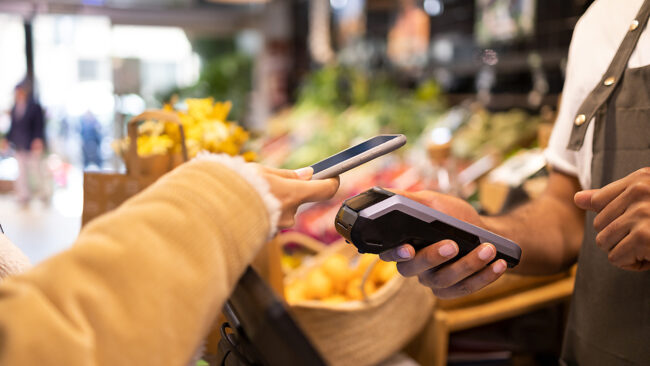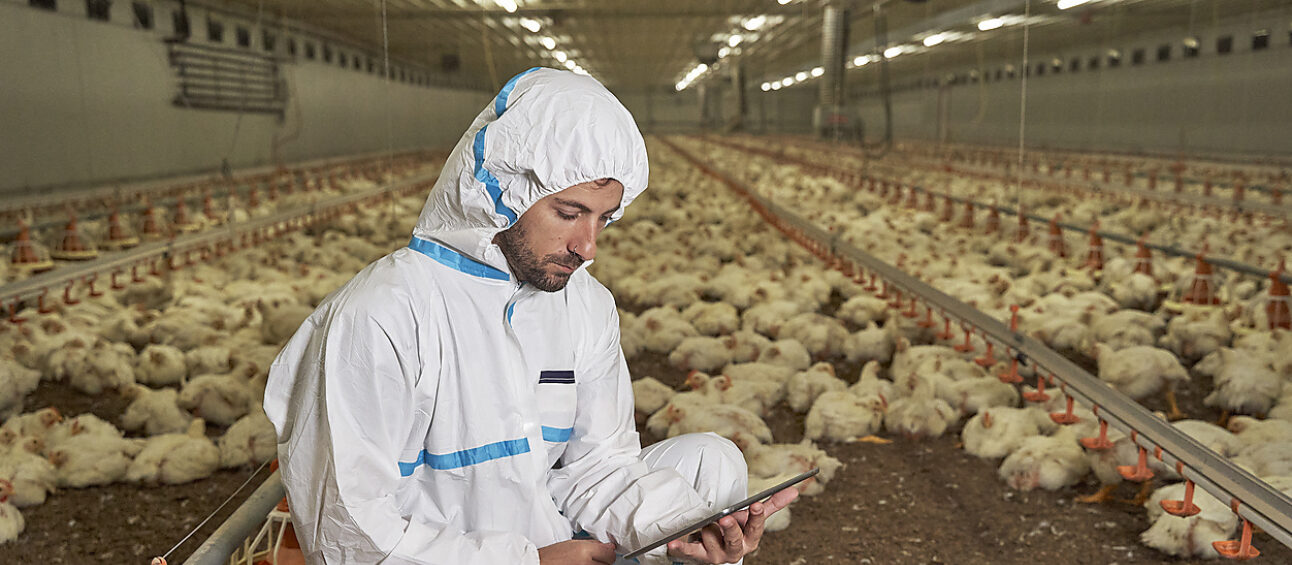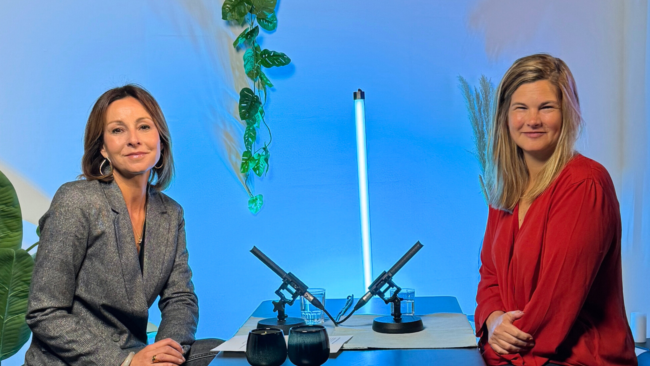As well as product contamination, damage to materials, buildings or machinery can also jeopardise the proper functioning of a food company. While turnover falls due to production process delays or stoppages, overheads remain high. Food companies can use insurance against such loss of profits to cover the consequential financial loss (the loss of gross margin). They can also cover the financial consequences resulting from damage to a supplier – fire damage, for example – in this way.
It is striking to those involved in developing loss of profits insurance that the policies are allowing for pay-outs to insured food companies over longer periods, observes Koen Van Weert, Senior Broker Property at Vanbreda Risk & Benefits. ‘Pay-out periods typically used to be around eighteen months, but we’ve seen that increasing to 24 or even 36 months,’ he says. ‘This is a clear trend which is partly due to the longer delivery times for new machinery. Longer waiting times for demolition, construction or environmental permits are also a factor.’
Loss of profits is another area where prevention is crucial, and for food companies this largely depends on how effectively the industrial buildings are divided into compartments. ‘A food company is at higher risk of additional smoke damage in the event of a fire in the buildings,’ explains Koen Van Weert, ‘because finished food products can be made unsaleable by smoke.’ The way a food company’s premises are divided up is therefore important in determining the insurance value. If production and inventory are in separate compartments that are closed off from each other, the risk is reduced. ‘This requires adjustments that are not always self-evident, especially in companies that have gradually expanded their premises over the years,’ says Koen Van Weert. ‘Our risk engineering department helps food companies with this exercise and also takes other factors into account, such as general fire safety, a sprinkler system, the use of materials, and so on.’
A third specific risk for food companies comes into play when goods are exported. Transport insurance can cover damage related to incidents in the export context, although Charlotte De Bruyn, Senior Broker at Vanbreda Risk & Benefits, points out a risk that is still under-appreciated. ‘The goods you export usually remain the food company’s property until they reach their destination, so it’s important to be aware of how the transport should be insured. Will you continue to bear the transport risk yourself, or will you transfer it to the purchasing party?’
We make a distinction between:
- Marine: If the ship carrying your container full of food products gets stuck in the Suez Canal, for example, you will be partly responsible for the salvage costs. As a producer, you will lose your goods at that point, but you can also expect a bill for salvaging them. The amount you have to cough up depends on the percentage of the total square metres you occupied and also on the value of your goods. It’s important not to lose sight of that risk when arranging transport insurance.
- Road transport: The CMR conditions that apply may not be sufficient to cover the full value of the goods.
A relatively new phenomenon on the Belgian market is the insuring of livestock such as poultry or cattle. Livestock may be essential for a food company’s production process. The animals may be exposed to numerous risks such as specific diseases, heat stress, contaminated feed and water, power cuts, equipment failure or suffocation. In addition, their transport may also involve dangers. Charlotte De Bruyn: ‘That’s why it is worthwhile for every party in the chain to arrange insurance cover like this that protects against loss of income due to the loss of the animals. From dairy farms and dairy manufacturers to auction houses, protein producers and meat processors, and even to bee farms and show animals.’




